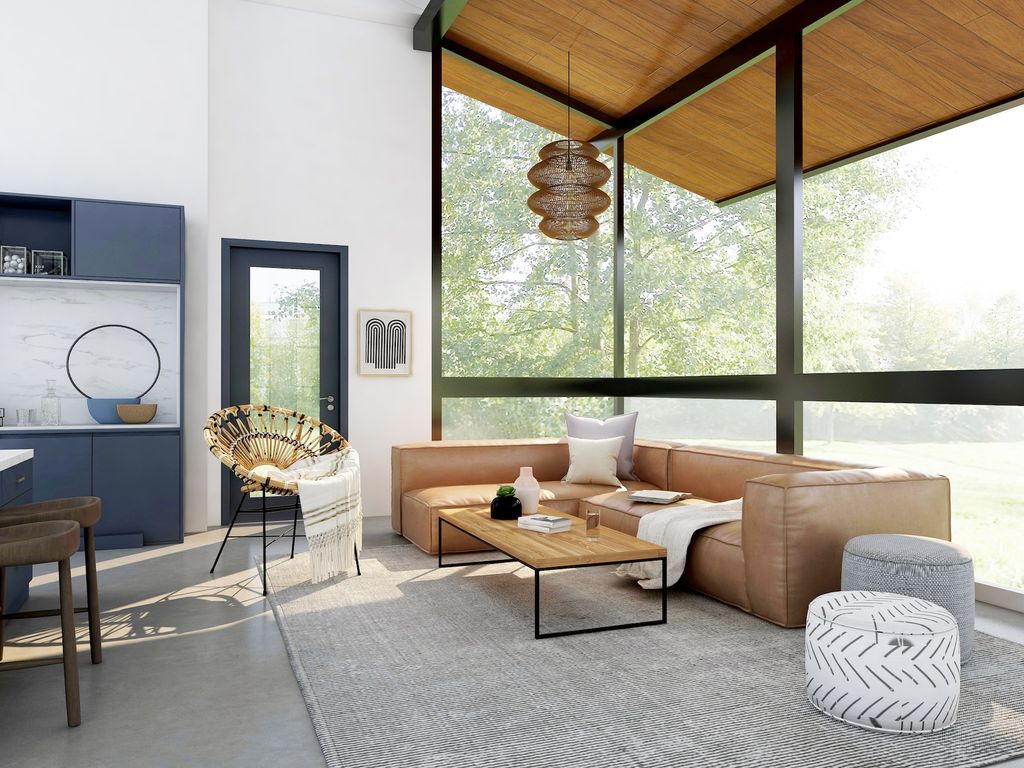
7 Tips for Designing the Perfect Living Room
If you're looking to make your living room a more functional space, there are some key elements that can help. It's all about creating the right balance between function and style.
Scroll Down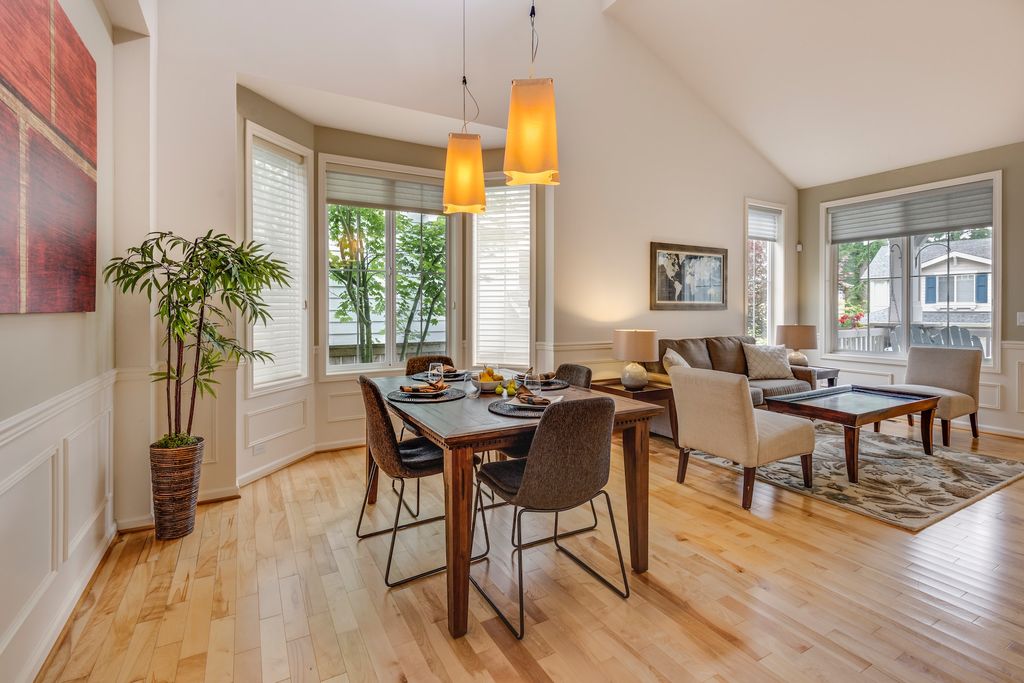
1. Start with inspiration
If you're starting from scratch, it's important to look for inspiration in the design world. You want to be inspired by what your favorite designers do, but also think about how other people are living, and what kind of rooms they like to hang out in. For instance, if you live in a city like New York or San Francisco, there are tons of different styles that you can draw from, and if your lifestyle is more suburban than urban, the same thing applies: even though the houses might look different from home to home and block to block, they'll have some similarities.
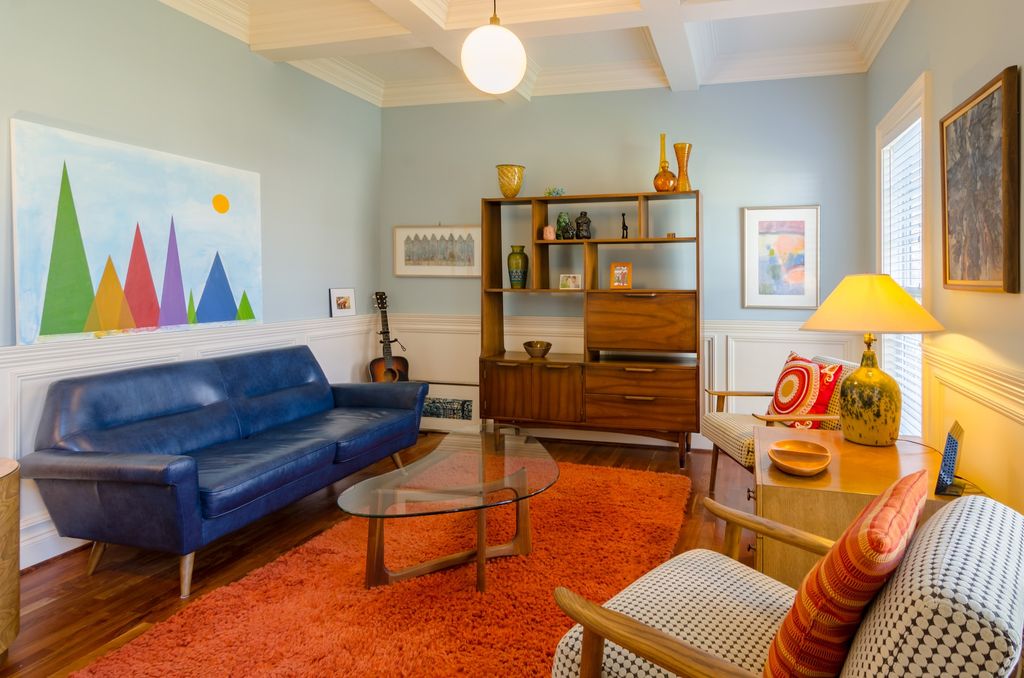
2. Don't be afraid to mix it up
The most important thing is to make sure that the various elements in your room can stand on their own and don't look like they were all purchased from the same store. For example, you might have a leather chair, a leather ottoman and some other accessories, but if everything is black, it won't look very different from any other living room with black furniture. The key here is contrast: You want something that will draw attention when someone sees it for the first time but then still be able to maintain its character when viewed as part of an ensemble.
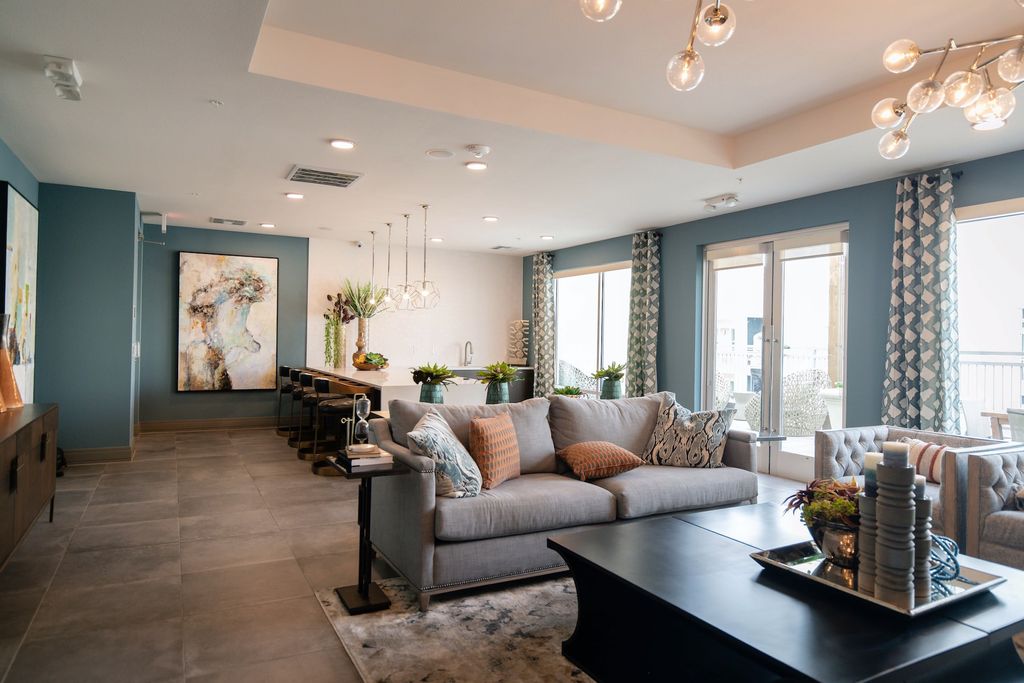
3. Choose a color palette
Once you've chosen the best place to put your sofa and chairs, you can begin selecting colors for the remaining elements in the room. One of the most important steps in designing a living room is selecting a color palette and sticking with it throughout your design scheme. Your choice of colors should be based on what works best for your space, with respect to its purpose, style or size.
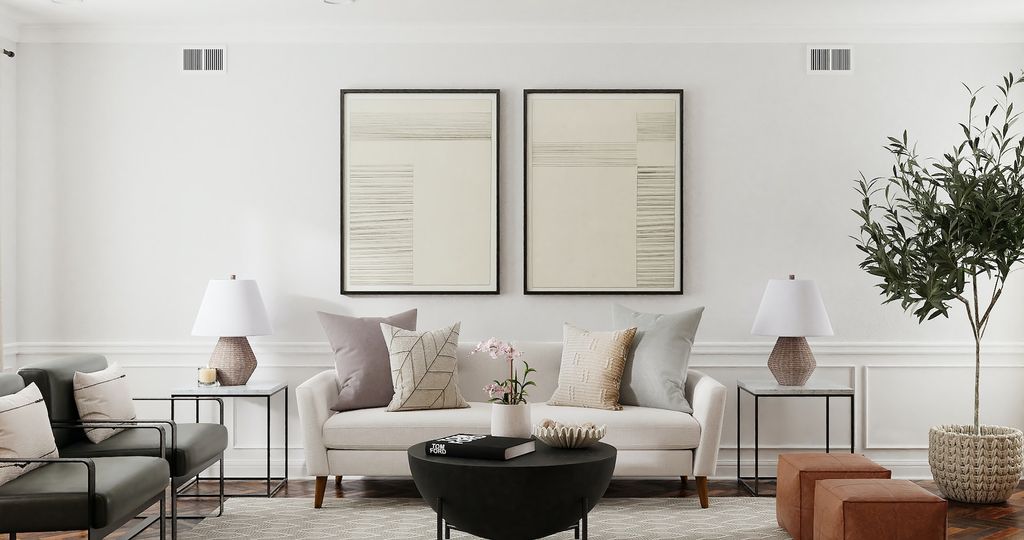
4. Compatibility is important
Choose colors that are compatible with one another and complementary; this will help create harmony throughout your living room design. For example: reds look great paired with browns because they both share warm undertones; blues pair well with whites because they're both cool tones; greens provide balance to reds or oranges in an interior design scheme because they contain similar hues but are opposite on the color wheel.
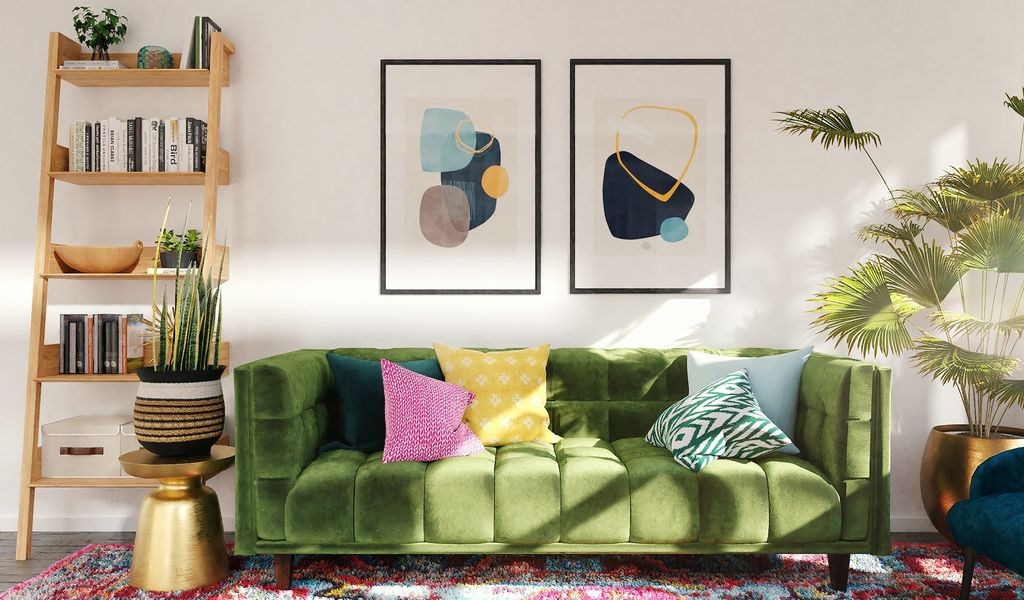
5. Select pieces that suit your style
When it comes to selecting furniture for your living room, it's important to choose pieces that are both functional and comfortable. In addition to being practical, you also want furniture that suits your personal style. If you love sleek modern lines but have a bohemian flair or vice versa, finding pieces that blend these styles together can add a unique twist on traditional living room decorating styles.

6. Create an accent wall
A bold color will make your eyes go straight to it when you walk into a room. If you want something more subtle, choose two colors that blend well together (like gray and blue-green). If you're not sure which direction to take, consider using complementary colors (opposites on the color wheel) like red and green or yellow and purple for an unexpected look.
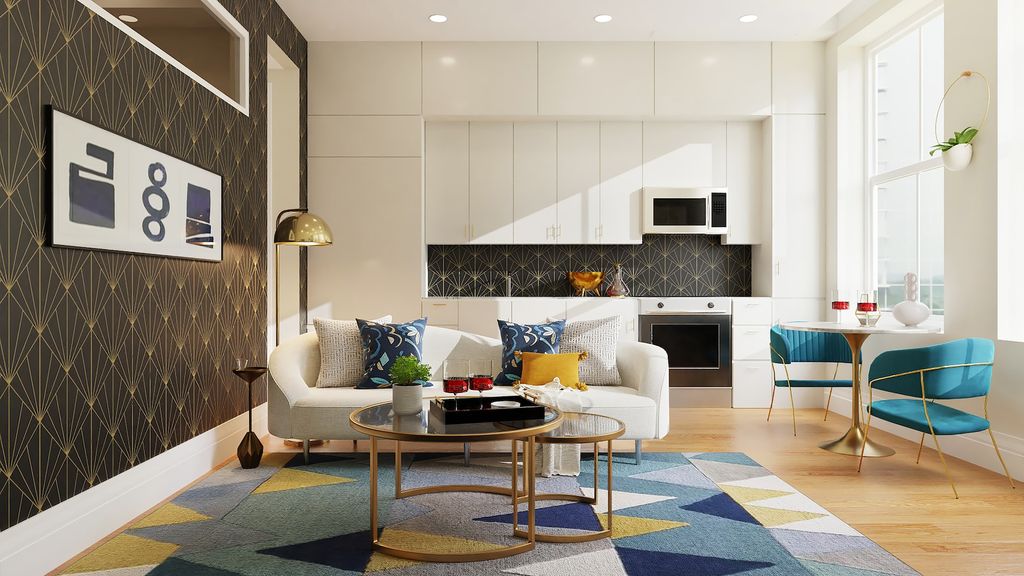
7. Try Wallpaper
Use patterned paper for an elegant accent wall that doesn't overpower other elements in the space. Stripes are a classic option for walls. Try alternating thick stripes with thinner ones for an eye-catching design with depth. Other good options include damask patterns or florals if they suit your style preferences!